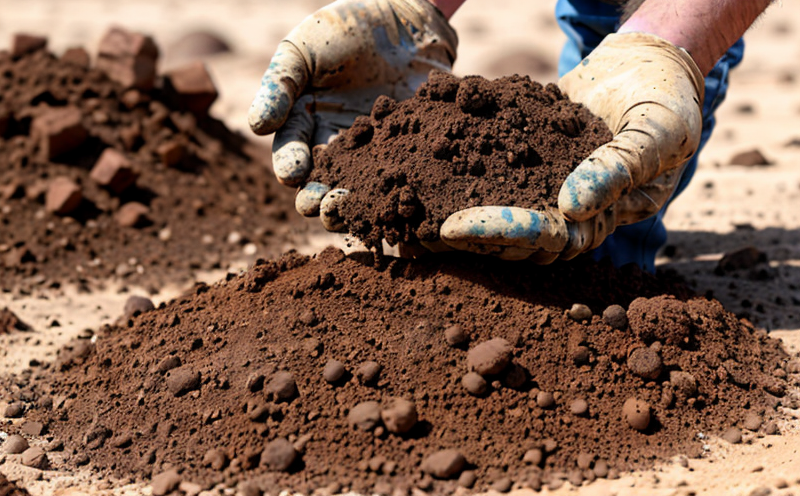BS 1377 Part 2 Moisture Content of Soils Testing
The British Standard (BS) 1377, Part 2 specifies the procedure for determining the moisture content of soils in the UK. This method is particularly relevant for quality managers and compliance officers within the mining industry as it ensures accurate measurement which impacts the overall performance of mine operations.
Soil moisture content is a critical factor that influences various aspects of mining activities, including stability assessments, excavation planning, and safety protocols. Understanding this parameter accurately helps in making informed decisions about site preparation, risk management, and environmental impact assessment.
The test procedure outlined in BS 1377 Part 2 involves drying soil samples at a specific temperature and measuring the mass loss to determine the moisture content. This process is simple yet precise when conducted under controlled conditions. It allows for consistent results across different locations and operators, thereby enhancing reliability and comparability of data.
The standard also emphasizes the importance of proper sample preparation. Specimens must be representative of the soil type being analyzed; this includes ensuring homogeneity before drying. Failure to adhere strictly to these guidelines can lead to inaccurate measurements that may mislead decision-makers regarding site conditions.
For quality managers and compliance officers, accuracy in moisture content measurement is crucial as it directly affects various operational aspects such as blasting schedules, spoil disposal methods, and waste management strategies. By adhering to BS 1377 Part 2 standards, mines can ensure regulatory compliance while simultaneously improving safety practices.
In summary, implementing BS 1377 Part 2 ensures reliable moisture content determinations which are vital for effective mining operations. It supports better decision-making processes related to site preparation and risk assessment by providing accurate baseline data on soil characteristics.
Why It Matters
The accurate determination of moisture content in soils is fundamental for ensuring safe and efficient mining operations. By adhering to the BS 1377 Part 2 standard, mines can enhance operational reliability through precise measurement techniques that support critical decision-making processes.
Enhanced safety: Knowing the exact moisture levels helps prevent accidents caused by unstable ground conditions due to excess water content.
Improved efficiency: Precise measurements enable better planning for excavation and blasting activities, reducing downtime and improving productivity.
Better compliance: Ensuring adherence to international standards like BS 1377 Part 2 demonstrates a commitment to regulatory requirements, fostering trust among stakeholders.
Furthermore, accurate moisture content readings contribute significantly towards sustainable mining practices by enabling informed decisions about water management and waste disposal methods. This contributes positively to both environmental conservation efforts and corporate social responsibility initiatives within the sector.
Benefits
Increased operational reliability through consistent measurement techniques.
Better decision-making processes related to site preparation, risk assessment, and environmental impact management.
Simplified compliance with regulatory requirements by following internationally recognized standards like BS 1377 Part 2.
By integrating these benefits into daily operations, mining companies can achieve higher levels of safety, efficiency, and sustainability. Accurate moisture content measurements play a pivotal role in achieving these goals effectively.
Environmental and Sustainability Contributions
Minimized risk of ground instability leading to potential environmental damage.
Enhanced water management practices contributing to reduced ecological footprint.
Sustainable waste disposal methods based on informed decisions supported by accurate measurement data.
The commitment to implementing BS 1377 Part 2 aligns closely with broader sustainability goals. By reducing risks associated with moisture-related hazards and optimizing resource usage, mining operations contribute positively towards environmental preservation efforts.





